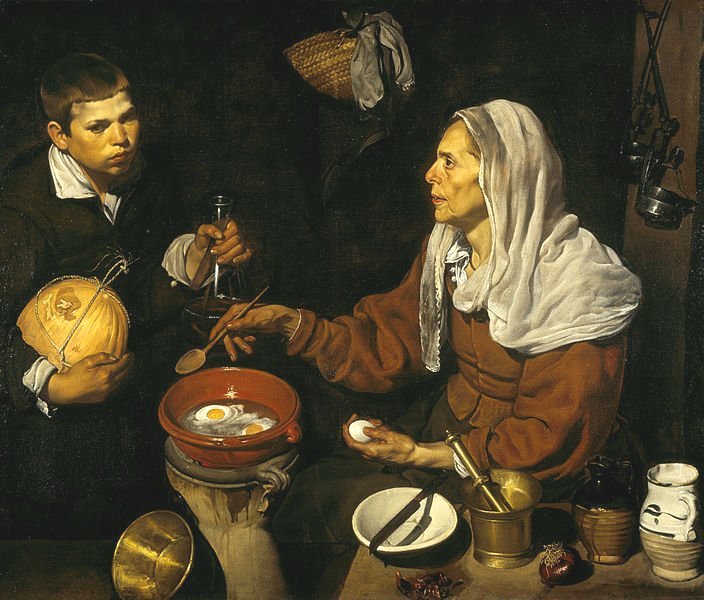The Early Years
Theresa Bernstein (1890 -2002)
My blog today is all about a remarkable woman, not just for her art but for her amazing longevity, dying just a few months short of her 112th birthday. She is the American painter, Theresa Ferber Bernstein.
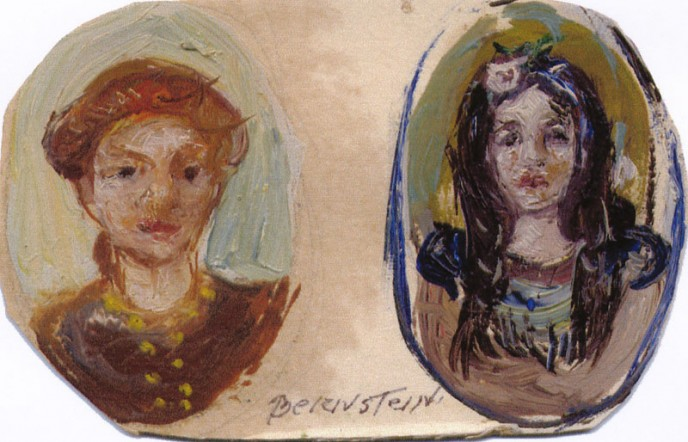
Two miniature cameos (possibly self-portraits) by Theresa Bernstein (1907)
Theresa was born on March 1st 1890 in Krakow, a city in the Austro-Hungarian Empire, now Poland. She was the only child of Isidore Bernstein and Anne Bernstein (née Ferber). Her father was a Jewish textile merchant and her mother was a woman of Central European culture and learning who was a talented pianist. In 1891 when Theresa was one year old the family left Krakow and emigrated to America and Philadelphia became Theresa’s first home.
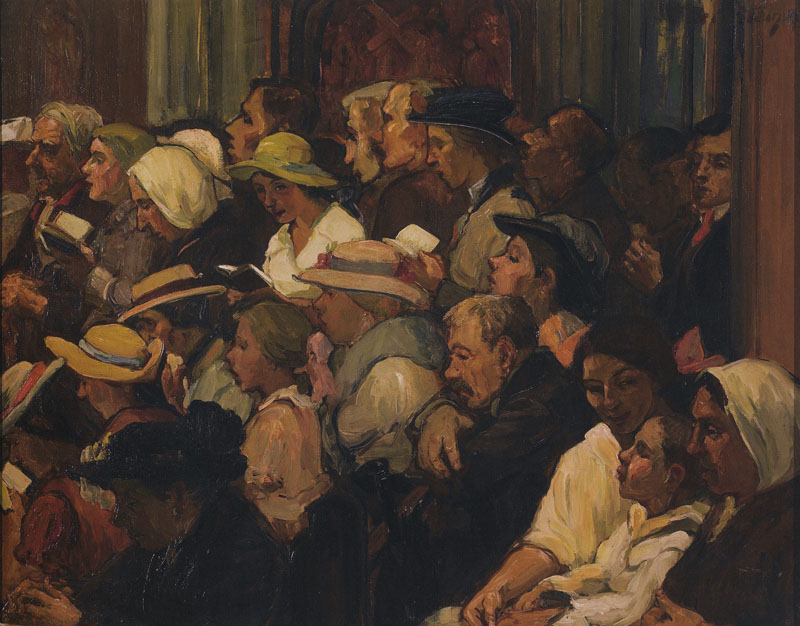
Polish Church, Easter Morning by Theresa Bernstein (1916)
As a young child, Theresa loved to draw and paint and later, whilst at high school, received some art training. Bernstein graduated from the William D. Kelley School in Philadelphia in June 1907, at the age of 17. That same year, with her drawing of sprouting onions viewed through a green glass planter, she won a Board of Education scholarship to the Philadelphia School of Design for Women, now the Moore College of Art & Design,where she enrolled in the four-year Normal Art Course for training teachers. It was here that she studied under Elliott Daingerfield, Daniel Garber, Harriet Sartain, Henry B. Snell, and Samuel Murray. Her interest in art grew as she got older and she would attend some lectures at the Pennsylvania Academy of the Fine Arts.
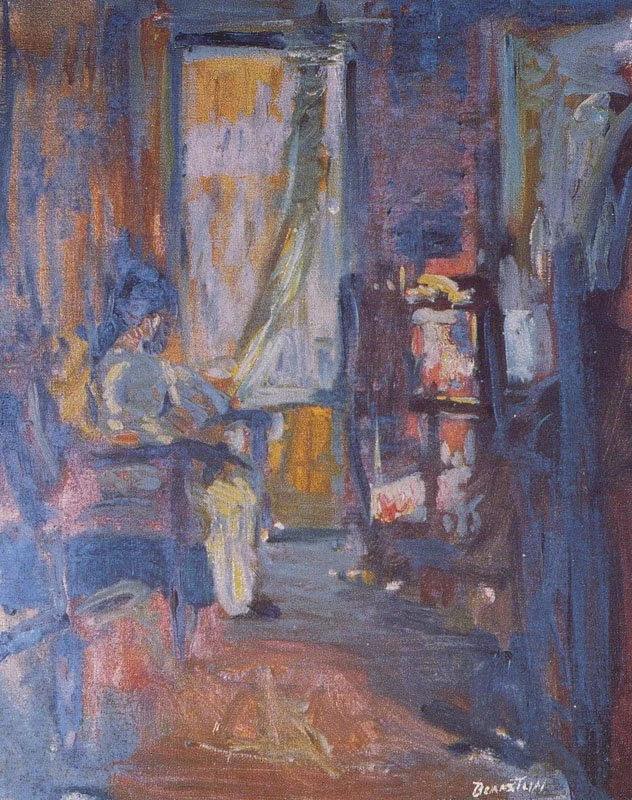
Daniel Garber’s Studio by Theresa Bernstein (1910)
Whilst studying at the Philadelphia School of Design for Women Theresa produced a painting 1n 1910 entitled Daniel Garber’s Studio which is a pictorial memory of her time there.
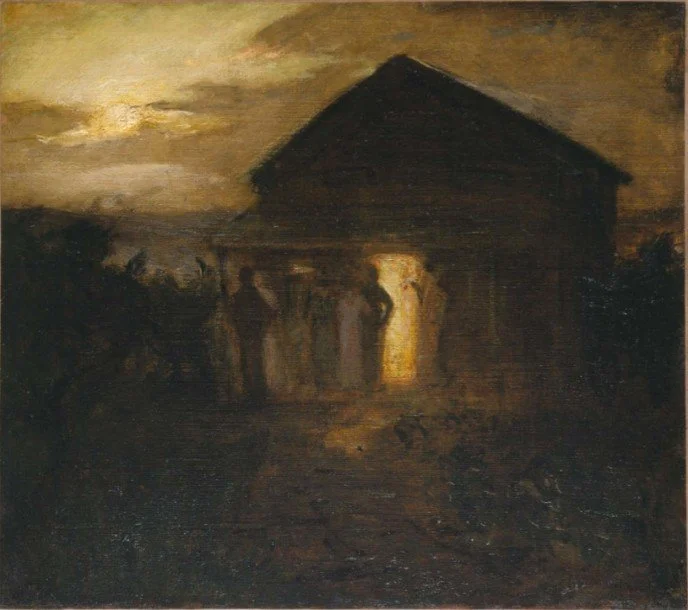
Dance Hall by Theresa Bernstein (1911)
The students would be taken on painting trips by their tutors and one such outing with William Daingerfield in 1911 was a summer stay at Blowing Rock, North Carolina, where she painted the first of her jazz-inspired works, entitled Dance Hall.
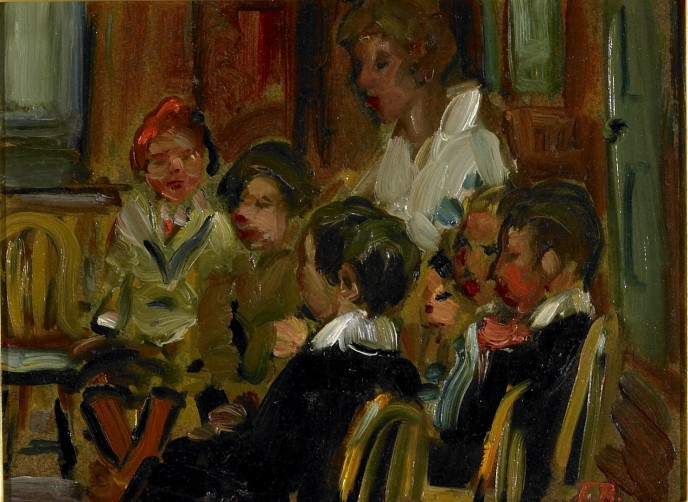
Kindergarten Class by Theresa Bernstein (1914)
She graduated from the Philadelphia School of Design for Women in 1911. Theresa’s father’s business in Philadelphia had run into difficulties and so he along with his wife and daughter left the city and went to live in New York and that October Theresa began taking life and portraiture classes with William Merritt Chase at the Art Students League. Besides her art education Theresa travelled on two occasions with her mother to Europe, where they visited relatives and visited a number of art galleries. She greatly admired the work of the European Expressionist artists such as Wassily Kandinsky, Franz Marc, and Edvard Munch.
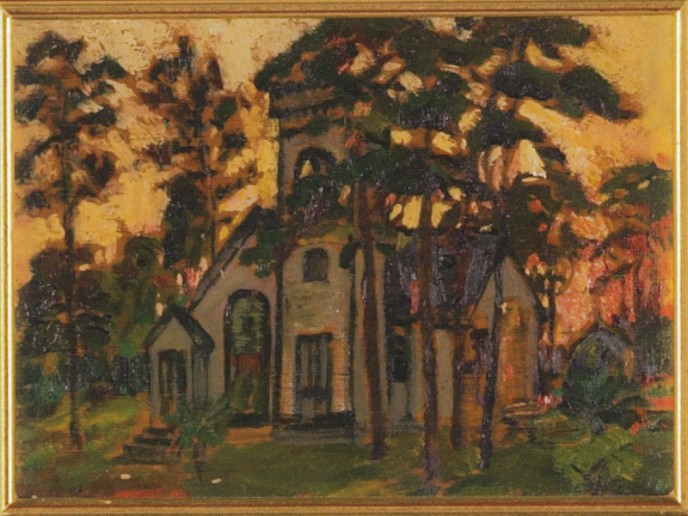
Colored Church, North Carolina by Theresa Bernstein (1911)
When back in New York, Theresa visited the Manhattan gallery of Alfred Stieglitz, the 291 Gallery, and in 1913 she attended the Armory Show which was organized by the Association of American Painters and Sculptors. Here she was able to view works by European modernists. She had mixed feelings about what she saw and later stated that she couldn’t warm up to cubes and triangles—they didn’t have enough life force.
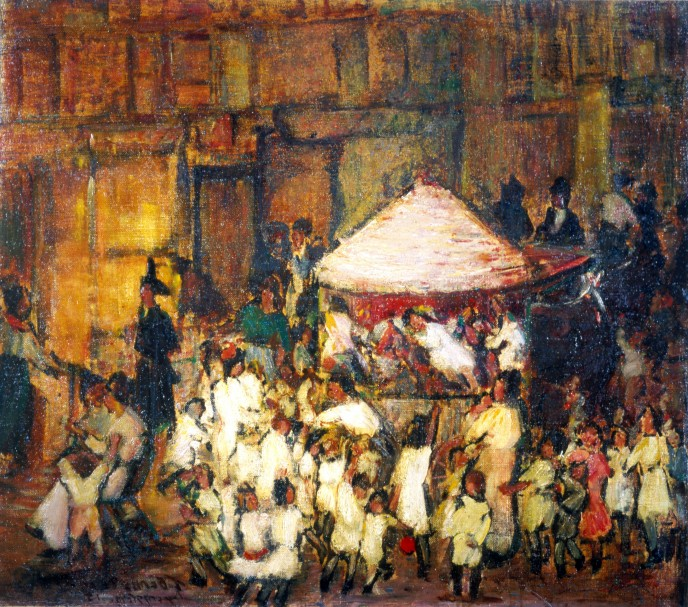
The Little Merry-go-Round by Theresa Bernstein (1913)
However, in 1913, a breakthrough occurred for Theresa when the National Academy of Design chose her painting, Open-Air Show for its annual exhibition. The work then went on to the Carnegie Institute and the Art Institute of Chicago, where it attracted the attention of English collector John Lane, who purchased it and became an enthusiastic supporter of Theresa.
At the Movies by Theresa Bernstein (1913)
The American edition of the English magazine The Studio: An Illustrated Magazine of Fine and Applied Art, was titled The International Studio. It had its own editorial staff, and the content was different from that of the English edition, although many articles from it were reprinted. It was published in New York by John Lane & Company. W. H. de B. Nelson, an intriguing figure in the early 20th-century American art scene, wrote in The International Studio praising Theresa Bernstein for her independence of her direction with regards to her art stating that it was an uncompromising offerings of this ambitious girl, commending her choice of subject matter–“democratic parks, unfashionable chapels, the five-cent subway.” He finished by saying that she was a woman painter who paints like a man. he was delighted by his comments.
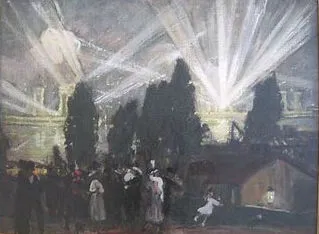
Searchlights on the Hudson by Theresa Bernstein (1915)
One of her paintings exhibited at the Milch Galleries was Searchlights on the Hudson which she had completed in 1915. Theresa had remembered seeing the unusual and spectacular sight of the Hudson River being illuminated by searchlights as a method of detection of enemy boats and dirigibles.
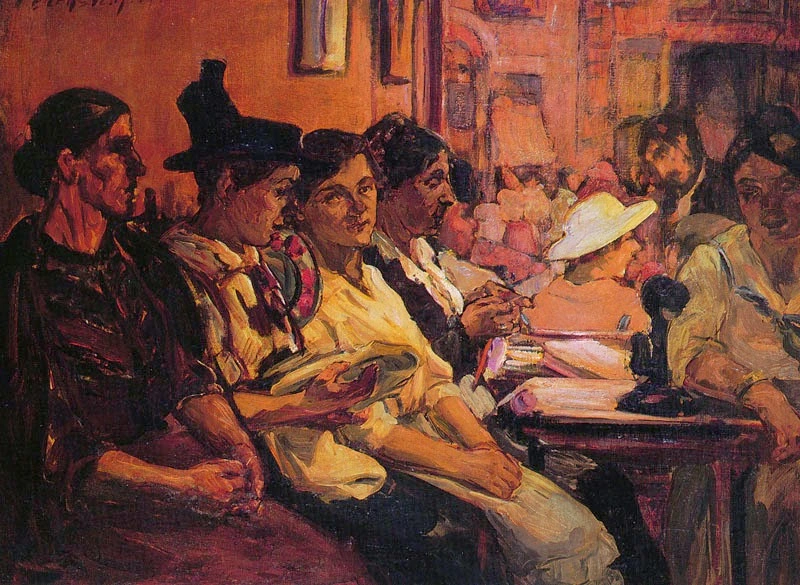
Waiting Room- Employment Office by Theresa Bernstein (1917)
Theresa, from an early age, was very observant. She could leave a room and once outside accurately describe what had been inside and could even sketch what she had seen. This excellent memory was of great help to her when she completed a painting in 1917 entitled Waiting Room – Employment Office. Four years earlier, when she was thirteen years old, she had accompanied her mother to the employment office, where she was going to select a housemaid, Theresa remembered what the room in the office looked like and all the people waiting patiently to secure work. It is an emotive recollection of that visit.
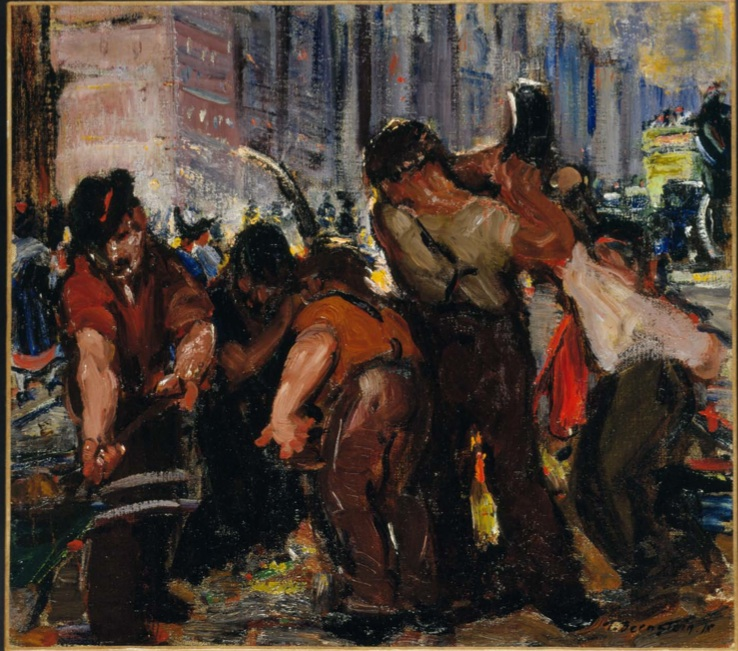
Street Workers by Theresa Bernstein (1915)
The Ashcan School was an informal art group that operated in the late 19th and early 20th centuries and included great artists such as Robert Henri, John Sloan, William James Glackens, George Luks, Everett Shinn, George Bellows, Jerome Myers. This group was known for its works in the style of urban realism, which produced depictions of urban life of the lower-class New Yorkers, warts and all. Although Theresa was never a formal member of the Ashcan School, she shared with it an enthusiasm for “modern” subject matter, to which she added a profoundly meaningful take on the way she saw her subjects.
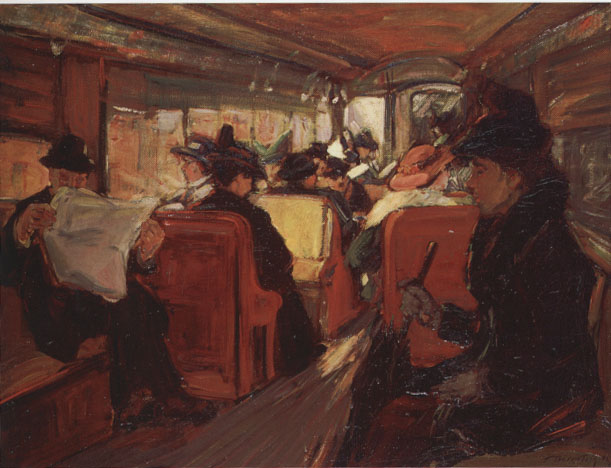
In the Elevated by Theresa Bernstein (1916)
She embraced urbanism and popular culture with great passion. Her depictions of urban life were varied and encompassed the like of the cinema, trolley buses and the elevated trains, and places where the lower and lower-middle classes would congregate in the summer such as Coney Island. Her 1916 painting entitled In the Elevated depicts a passenger car on the Ninth Avenue Elevated railway, which Bernstein took between her parents’ apartment on West 94th Street and her studio on West 55th Street. This work by Bernstein encapsulates the experience of modern city folk who are placed in close physical proximity and yet remain psychologically isolated from one another.
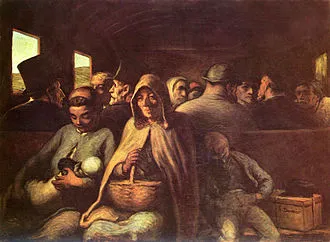
Third Class Carriage by Honoré Daumier (1858)
The work reminds me of one of my favourite paintings by Honoré Daumier’s entitled Third Class Carriage which he completed around 1858.
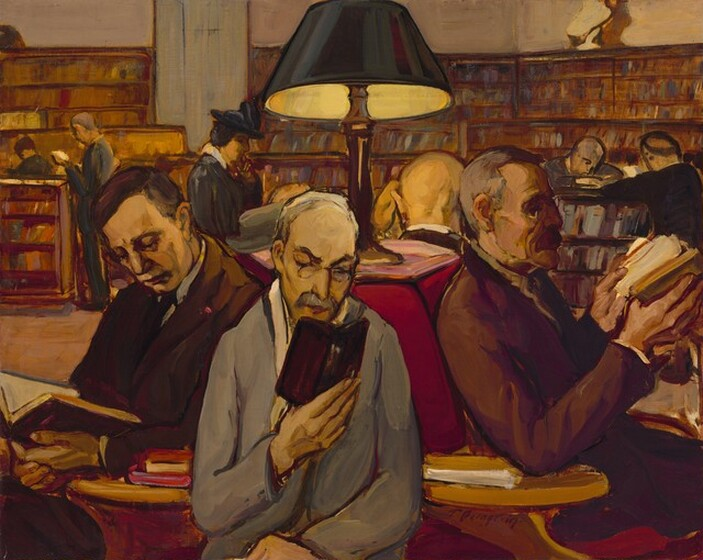
The Readers by Theresa Bernstein (1914)
The New York Public Library was built on Fifth Avenue, between 70th and 71st Streets, in 1877 to much funfare and excitement and the first book was borrowed within ten minutes of the grand opening. One of the regular visitors to this great institution was Theresa Bernstein who spent many happy hours there. Whilst in the library she not only read the many books on offer but took the time to secretly sketch on scraps of paper and backs of envelopes the gesticulations and expressions of those around her. It got to the point that she became such a frequent visitor and loved everything about it that she referred to it in her memoir as her “alma mater.”
Theresa’s 1914 painting The Readers, depicts the reading room of this newly opened library. We see five men seated on all sides of a banquette, in a pyramid shape at the centre of the composition. Their faces are softly lit by the glow of the reading lamp. It is fascinating to see that each of them has staked out the best spot in the reading room and settled in for the day. The three men facing us seem very content and totally absorbed with their books.

Graphite on paper study for The Readers by Theresa Bernstein (1914)
What is fascinating about this painting is the change of heart Theresa must have had between making the preliminary sketch for the work and how it finished up. Theresa had a major change of heart as to the people present, as in the sketch one of the figures seated on the banquette, on the right, was a woman in a feathered hat. But in the painting, Bernstein replaced her with a man. In the finished painting the only woman depicted is one who stands in the middle background, plainly dressed and deep in thought, her hand resting on her chin as she studies her book. It is possible that placing the solitary woman in the background of the painting, Bernstein may have been providing a symbolic commentary on gender inequality. The Central Library was one of the few public places where women were able to sit uninterrupted and in comfort for hours, whilst delving into the world of books.
William Meyerowitz
Theresa’s life changed in 1917 when William Meyerowitz knocked on the door of her studio…………………………………………….
to be continued.

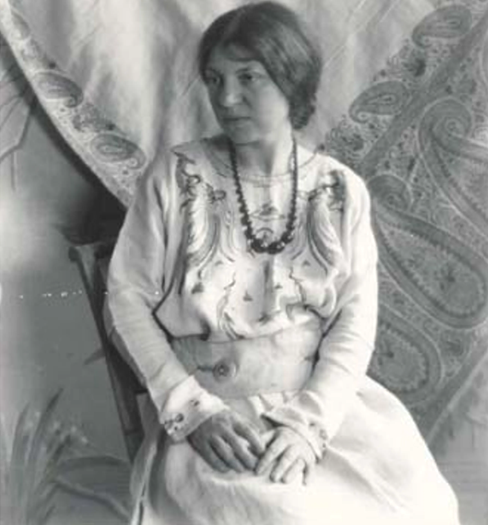
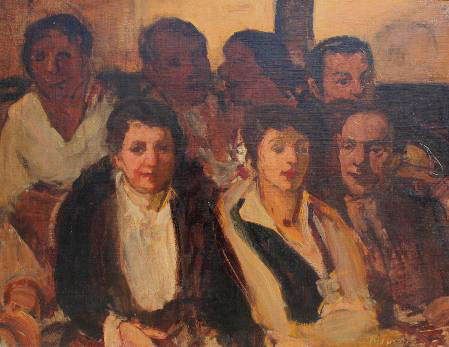
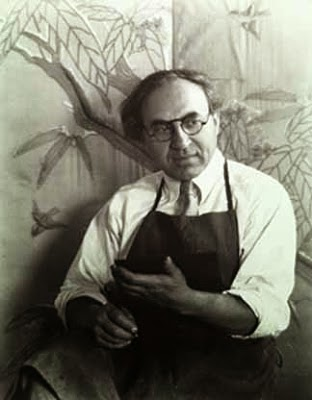

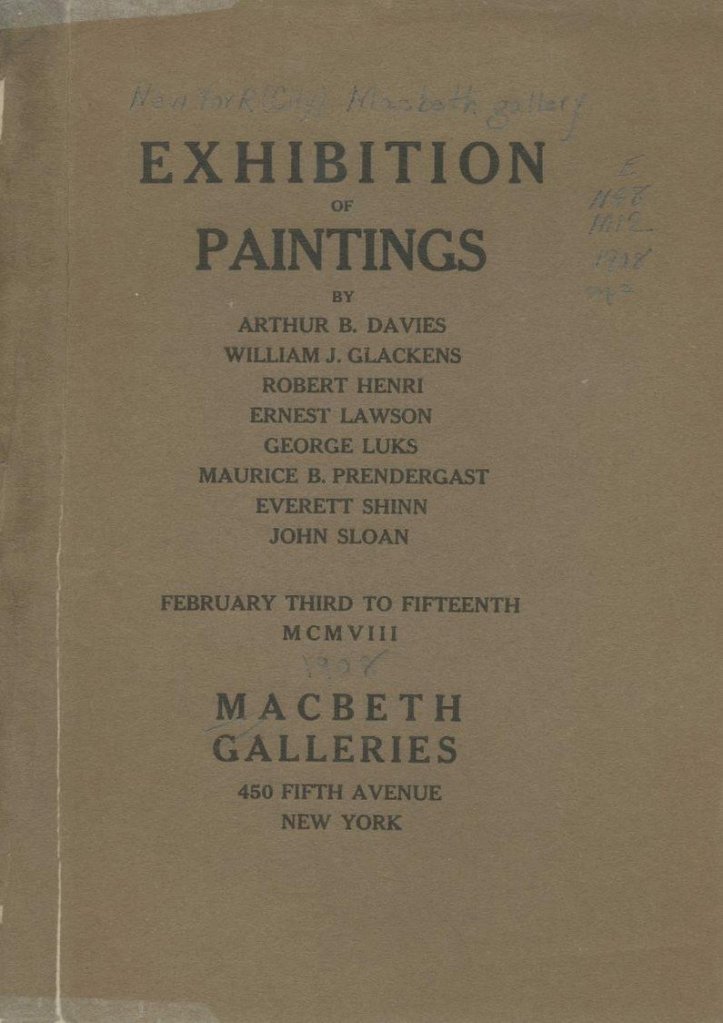



















 In the middle ground we see the solitary figure of Christ on a rocky mound approaching the gathering. Behind him in the background is a wide plain and the distant mountains. His figure is small in comparison to the others but nevertheless stands out because of it being a lone figure. In the foreground of the picture there are a number of male figures of varying ages, some of whom are already undressed waiting to be baptised.
In the middle ground we see the solitary figure of Christ on a rocky mound approaching the gathering. Behind him in the background is a wide plain and the distant mountains. His figure is small in comparison to the others but nevertheless stands out because of it being a lone figure. In the foreground of the picture there are a number of male figures of varying ages, some of whom are already undressed waiting to be baptised.










